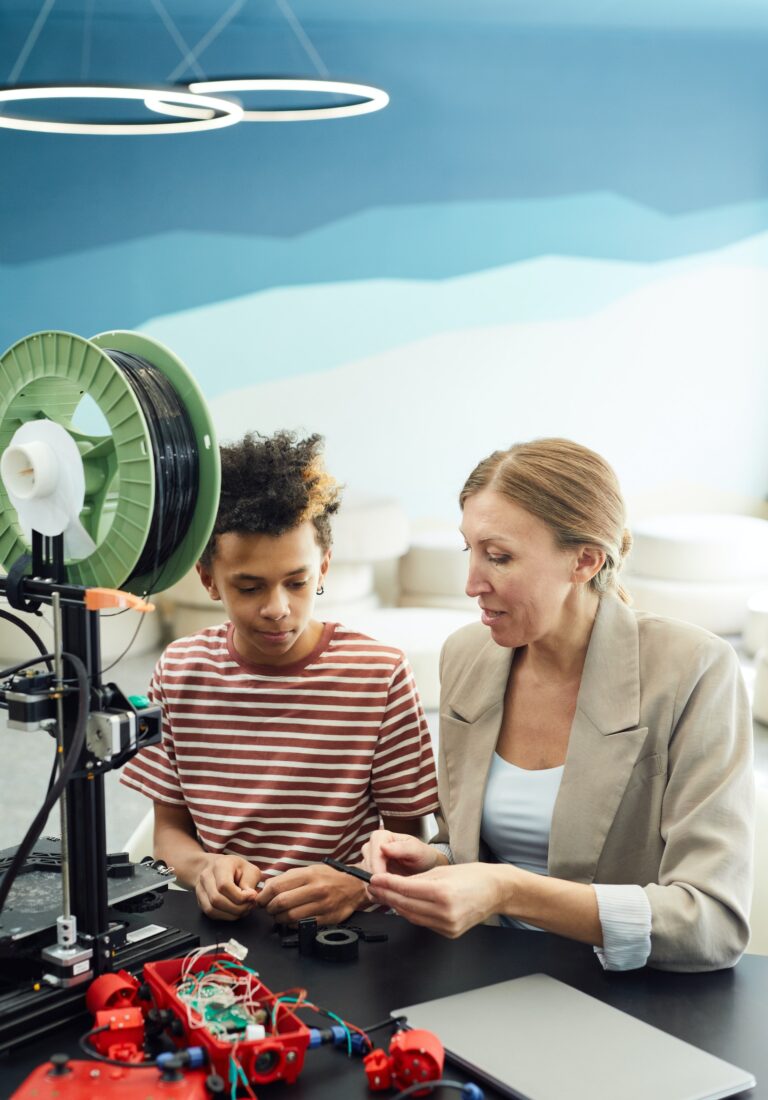Creative vs. Critical Thinking
At Sage Collective, we champion our inspired model of 9 Ways of Vibrant living, and encourage everyone to discover new methods to help better their wellbeing. Today, we’re taking you back to Psych 101 to talk about the key differences between critical and creative thinking, why they’re both important, and ways you can practice both in your life to help you live more vibrantly:
What Are Creative and Critical Thinking?
Understanding the difference between critical and creative thinking can be broken down simply this way: creative thinking is approaching problems or situations in new ways and with a new perspective, whereas critical thinking is using logic to analyze a situation in order to make an informed decision. Essentially, creative thinking is more subjective (influenced by feelings) whereas critical thinking is more objective (influenced by logic). Both are important when decision-making, so let’s explore some of the reasons why.
Why Are They Important?
As we’ve discussed in previous blogs, creativity – particularly for adults – can lead to a happier, healthier lifestyle. The same rings true for thinking creatively! Brainstorming new solutions and exploring new ideas are imperative for older adults because it helps provide a sense of self that is innovative and capable. The goal with creative thinking is to have an open mind and to approach situations with diverse perspectives. As for critical thinking, it’s equally important to approach situations constructively and logically, but it is the synergy of both thinking patterns working together that makes us great problem solvers.
How to Improve Creative and Critical Thinking Skills:
To improve critical thinking skills, when you’re problem-solving, make a list of facts and then cause and effects. This will help you logically analyze outcomes, and come to a decision that way. To think more creatively, try asking yourself: what other considerations are there in this situation? What perspective could I be missing? An easy way to practice this is by brainstorming with another person– hearing a different perspective may inspire you to think of others as well, and is great practice for when you’re alone.

